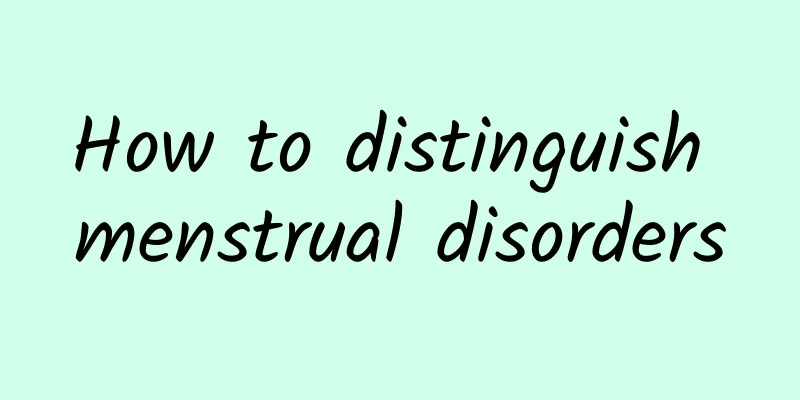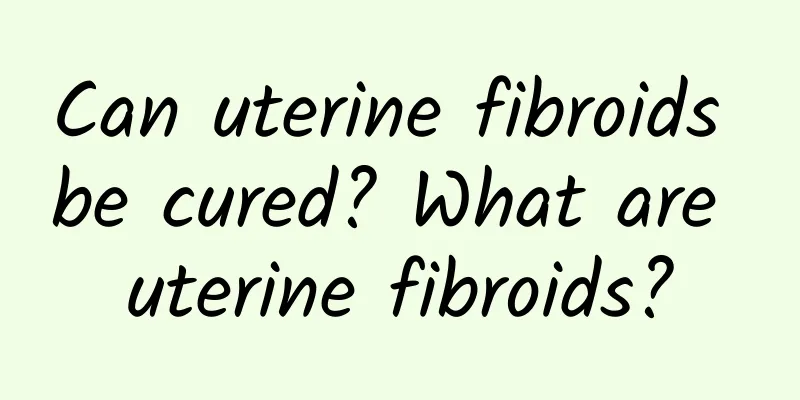Say goodbye to obesity! 3 Dietary Methods to Reduce Edema after Childbirth

|
In medicine, there is a formal term for the "postpartum" period called the "puerperium". Women in the puerperium will undergo great physiological changes, such as the recovery of the uterus and urogenital system, breast lactation, and changes in the circulatory and digestive systems. Edema occurring during the postpartum period can be divided into pathological edema and general physiological edema, as described below. What is the reason for edema after childbirth? 】 Pathological edema - common genetics, family history Common postpartum pathological edema, including preeclampsia, gestational diabetes, pregnancy-induced hypertension, gestational kidney disease, etc., can cause severe edema during pregnancy and even after delivery. Generally, pathological edema is quite severe, affecting not only the calves, but also the thighs, perineum, abdomen, and even the entire body, even the head and face may become swollen. Physiological edema - common unbalanced diet, poor blood circulation 1. Unbalanced diet 2. Poor blood circulation [How long will it take for edema to go away after delivery? 】 Generally, postpartum physiological edema occurs within 1 to 2 weeks after delivery. After the blood and body fluids that originally flowed back into the body after the delivery of the placenta are slowly eliminated through urine and sweat, the condition will improve through diet and medication. Pathological edema is not easy to disappear. A simple way to distinguish is that pathological edema can usually be found during prenatal examinations. Physiological edema usually occurs in the late stages of pregnancy, with swelling occurring locally in the lower limbs. [How to reduce edema during confinement period - diet] 1. Increased heat demand 2. Eat easily digestible food 3. Eat a low-salt diet [Recommended ways to reduce edema - exercise] Eating too much coupled with little activity or simply lying still will greatly increase the chances of physiological edema or weight gain during the confinement period. Although the mother goes through a great loss of energy and blood during the childbirth process, it is necessary to get enough rest during the confinement period, but rest does not mean staying in bed all day. Because moderate activity can help wound healing, promote the recovery of pelvic floor muscle tension and uterine recovery, and also increase gastrointestinal motility, reduce difficulty in defecation and urination, and restore the body's qi and blood metabolism circulation. Therefore, generally speaking, women who give birth naturally and do not have heavy postpartum hemorrhage can get out of bed and walk around 2 to 3 days after delivery, and do some pelvic contraction exercises about 3 to 5 days after delivery, and do soft gymnastics or stretching exercises two weeks after delivery; as for women who have given birth by caesarean section, it depends on the healing of the wound. Generally speaking, they can start stretching exercises one month after delivery, and it is suitable to do exercises to train the abdominal muscles 6 to 8 weeks after delivery. Doing some simple postpartum exercises or gymnastics during the postpartum period is beneficial to physical recovery, urination and defecation, avoiding or reducing the occurrence of venous thrombosis, and restoring the pelvic floor and muscle tension. Another thing to remind you is that it is not suitable to start losing weight too early after childbirth. Most doctors recommend that if you want to restrict your diet or do aerobic exercise to burn calories, you should start after 6 weeks after childbirth, when your physical condition has basically recovered. For the full text, please refer to: [Baby and Mother] Mababy.com |
<<: People and dogs eat together! Homemade vegetable beef soup for a satisfying meal
>>: Suitable for both men and women! 4 Tips for Healthy Eating in Hollywood
Recommend
Correct treatment for acute cervicitis
In daily life, women often develop gynecological ...
The main symptoms and diagnostic criteria of congenital absence of vagina
You should know that the appearance of the sympto...
Drugs cannot completely eradicate uterine fibroids
Although uterine fibroids are a benign tumor, the...
How is minimally invasive surgery for uterine fibroids performed?
Uterine fibroids are a disease unique to women an...
Patients with pelvic inflammatory disease should be cautious when taking antibiotics
Many patients with pelvic inflammatory disease ho...
What are the common symptoms of ovarian cysts in women?
What are the common symptoms of ovarian cysts in ...
Three principles for the treatment of vaginitis
Three principles for the treatment of vaginitis: ...
Can you get pregnant with multiple ovarian cysts? What symptoms will multiple ovarian cysts cause?
Can you get pregnant with multiple ovarian cysts?...
How to perform surgery for ectopic pregnancy
Ectopic pregnancy is a type of ectopic pregnancy....
Women with chronic adnexitis will experience irregular menstruation
Women with chronic adnexitis will experience irre...
How to abort a month after pregnancy? There are these methods
Some female friends get pregnant unexpectedly one...
The probability of successful pregnancy after menopause
What is the probability of successful pregnancy a...
Traditional Chinese medicine hemostatic prescription for treating uterine fibroids
Traditional Chinese medicine hemostatic prescript...
Korean star Suzy lost 13 kg by eating sweet potato meals! Nutritionist Cheng Hanyu reveals: 5 ways to eat sweet potatoes for weight loss
Many people are afraid of getting fat and dare no...
Will girls have toothache when their period is coming? Yes, it can cause
Women's menstruation can cause tooth acid. Be...









